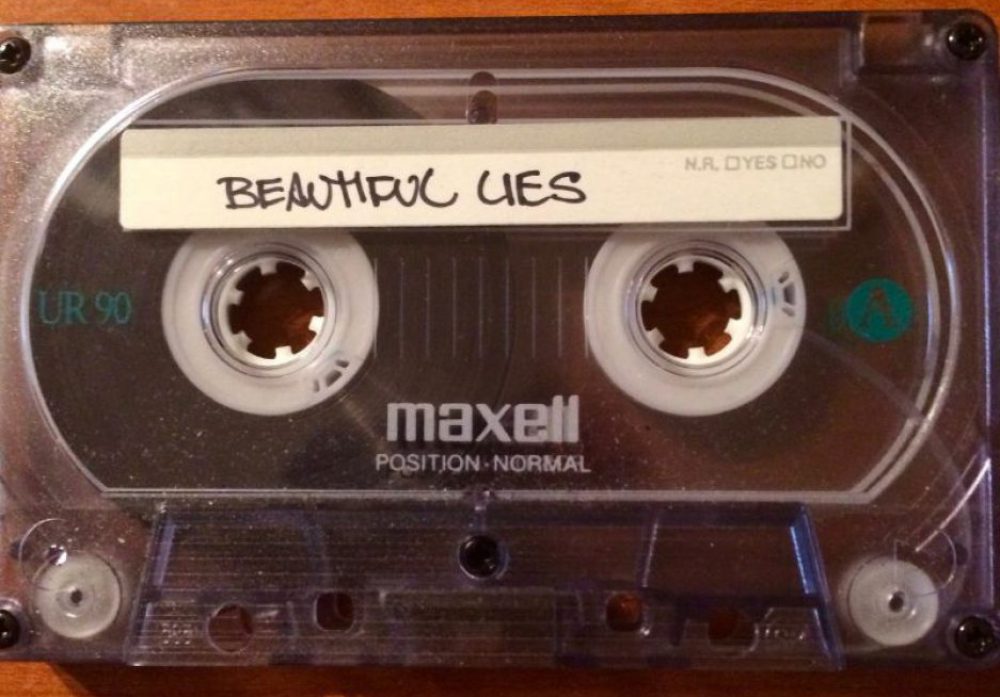
“You wanna pet my dawwwg?”
Jerry Lewis offers his tiny dog to me. I’m hesitant to touch it because this is Jerry Lewis, comedy legend, pop culture icon. Though he’s using his little boy’s voice, Jerry has a reputation for sudden anger, and he’s bigger than I’d imagined. Hair slicked down, aviator glasses, sports jacket, open collar shirt, expensive watch. Just like he looked on Carson, Cavett, and Merv.
I’m a bit frozen, but I pet his dog regardless. It has long white fur flecked with black. I don’t know its sex and don’t venture a guess. I pull back my hand and smile at Jerry. He briefly smiles, then leaves.
It’s November, 1983, SNL’s Studio 8H. Jerry is that week’s host, and I’m lucky enough to watch him rehearse. He seems casual but aloof. Save for Eddie Murphy and Joe Piscopo, I doubt he knows the names of the rest of the cast, and probably doesn’t care. He questions some of the jokes in each sketch. He takes issue with one writer who assures Jerry that a green-screen piece will kill on-air. Other writers mutter jokes about Jerry, but he doesn’t hear them. He looks like he wants to get through this as quickly as possible.
My comedic interest in Jerry Lewis then was recent. I never really liked his work growing up, but honestly, I never truly studied it. Jerry Lewis seemed like another fading hack from yesteryear, doing ancient bits for nostalgic applause. I was attracted to newer, daring forms — Python, National Lampoon, and of course SNL, which was the main reason why I was at 8H in the first place.
When I moved to NYC the year before, I’d gotten to know a few comedy writers who respected Jerry Lewis and were astonished by my agnosticism. One had written a manuscript analyzing Jerry’s films which he suggested I read. It painted a different Jerry Lewis from the one in my head. He was a conceptual, innovative genius who navigated rough showbiz waters with confidence, arrogance, and bizarre, inexplicable behavior. Jerry was a complicated comedy giant. There was no one like him before, and there certainly wouldn’t be one after.
At the time, NYC had numerous theaters that featured old films, so Jerry Lewis’ work was never far away. With a fresh perspective, I went to see THE BELLBOY, THE PATSY, THE ERRAND BOY, THE LADIES MAN, and of course THE NUTTY PROFESSOR, which I’d remembered from childhood. But these viewings were different. I began to understand what those other writers told me.
The precise physical timing; the comic framing and use of bold, contrasting colors that created a hyper-reality; the surrealist slapstick that was as dazzling as it was often baffling. The total commitment to it all. I didn’t connect to every gag, and was put off by the more maudlin scenes (what Dean Martin called “that Chaplin shit”). Yet here was a definitive brilliance that I had missed. I was converted.
Unfortunately, most people will remember Jerry Lewis primarily as a difficult celebrity, the guy who’d weep, rant, and sing on the Muscular Dystrophy telethons. Younger comics, especially women, will see him as an unrepentant sexist, homophobic asshole. Cinéastes will appreciate his films, great, bad, and awful, as a peculiar, singular genre. Then there are those, some of whom I still know, who’ll forever revere Jerry Lewis simply as Jerry — the larger-than-life comedy force that mesmerized them as kids.
I appreciate and share elements of those takes. But if you limited me to one tribute, it would be THE KING OF COMEDY, Martin Scorsese’s dark meditation on fame and delusion. To me, it’s Jerry Lewis’ best work, a solid, honest performance that will never age. Amid the film’s chaos, it’s Jerry who provides the steady flow. You get a vivid sense of who he was and how he viewed his professional career. It’s as close to Method Jerry as we ever got.
And I got to pet his dawwwg.
